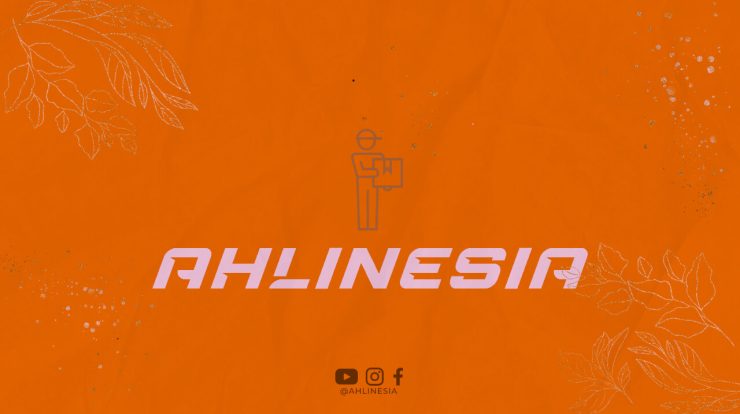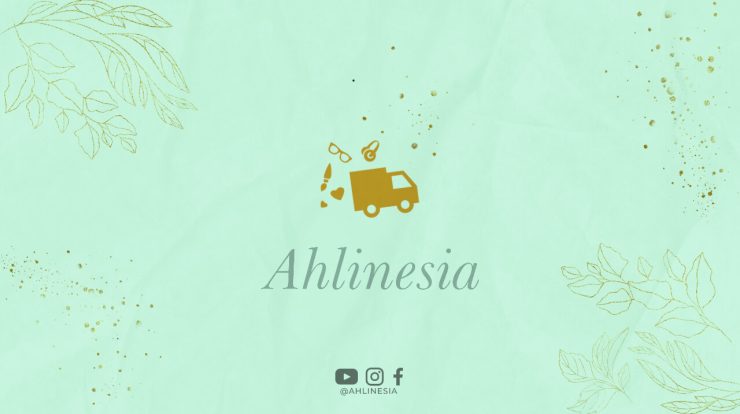
Green walls are a great way to bring the outdoors in. Using plants in the indoor environment can help reduce stress, improve productivity, and improve the quality of the air occupants breathe. They can also improve the health of building occupants.
Studies have shown that people who work near plants experience lower levels of anxiety, stress, and blood pressure. In addition, people become more focused and less likely to take sick days. Some studies have even shown that having plants inside a workspace can help increase creativity and productivity.
Green walls are a great way to improve air quality and reduce humidity in a space. It can also help cool the interiors in warm weather. This is especially important with global warming. A green wall can be installed with a built-in irrigation system to keep the plants growing.
Green walls are becoming more popular worldwide. They are also a great way to promote green credentials. For commercial properties, they can earn points toward LEED certification. If you are interested in installing a green wall in your building, you may want to contact G-Space Design, a company in Philadelphia that specializes in this type of landscape.
Unlike a green roof, which is a single layer of vegetation, a green wall has a layer of plants surrounded by a thin layer of soil. Because the plants are surrounded by the soil, they are more resilient. The soil does not need to be reapplied each week, which makes it a more sustainable design.
Most green walls feature an irrigation system. Depending on the wall size, an automatic watering system can be installed. Intensive green walls feature removable panels that make it easier to maintain the plants. Semi-intensive walls are made with wire mesh. These structures are usually 3-6 inches deep.
Intensive green walls are more expensive. Plants are more costly and need more maintenance. Also, intensive green wall systems are more vulnerable to environmental changes. Since there is only limited rooting space, the systems are not as resilient as extensive walls.
Extensive green walls have the most economic and ecological benefits. As long as the structure remains, the plants will thrive and last for many years. There is a wide variety of plants that can be used to create an extensive green wall. Some common options include self-climbing vines and evergreen climbers.
Freestanding hedges are another option. Green walls can be mixed with other colors, shades, and textures to make a colorful environment. However, it is more difficult to integrate greenery into urban areas. When designing a green wall, it is important to select a mix of plants that can adapt to the climate.
Despite its popularity, there are still some concerns about the negative effects of green walls. With careful selection of materials and a deeper understanding of the potential benefits, you can overcome these concerns.
Investing in a green wall is a worthwhile endeavor. Not only will it provide a healthy and beautiful environment, but it will also improve the air quality and reduce the amount of pollution. And because it is an added insulation, it will help to reduce energy costs for heating in the winter.






